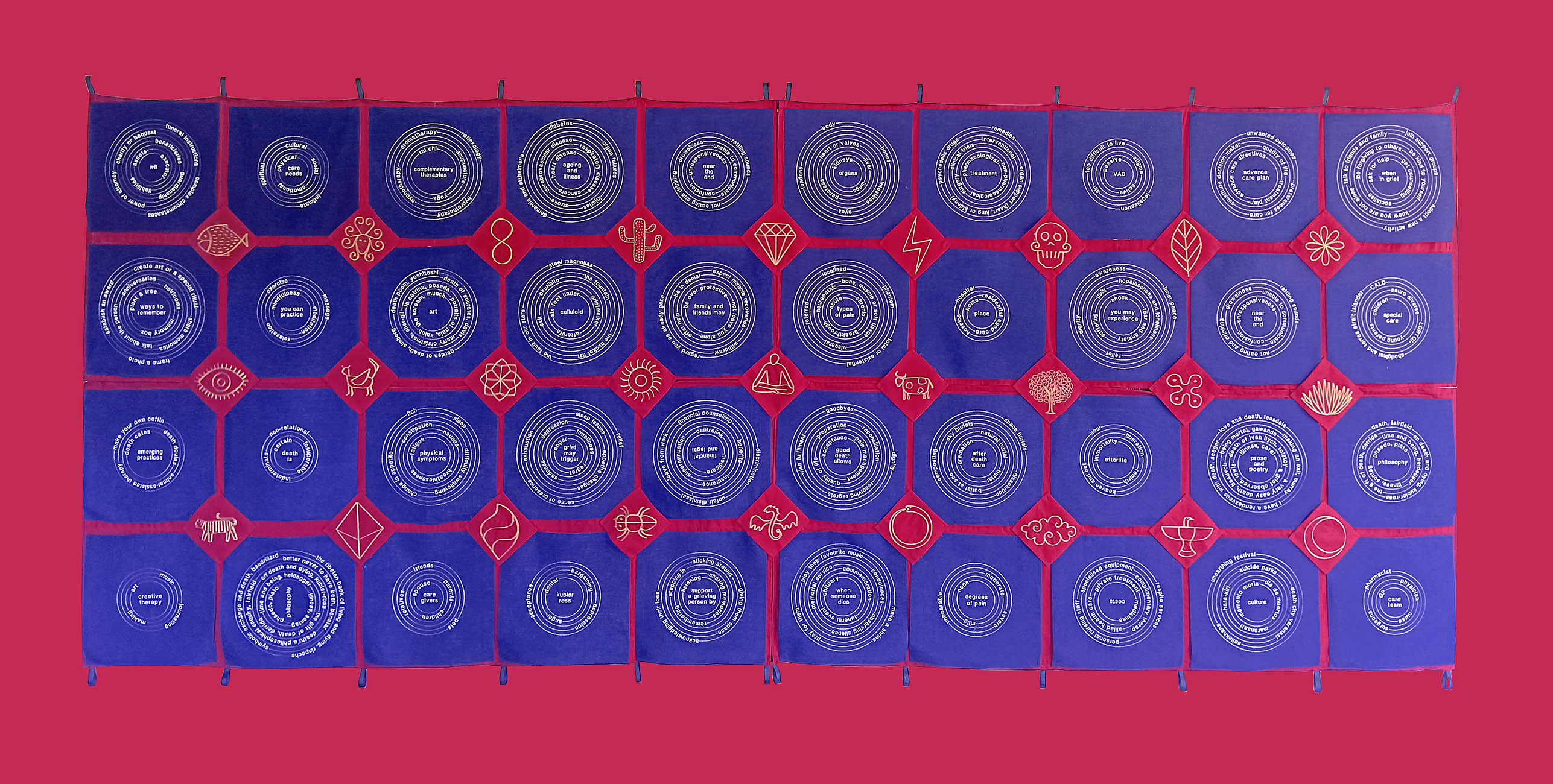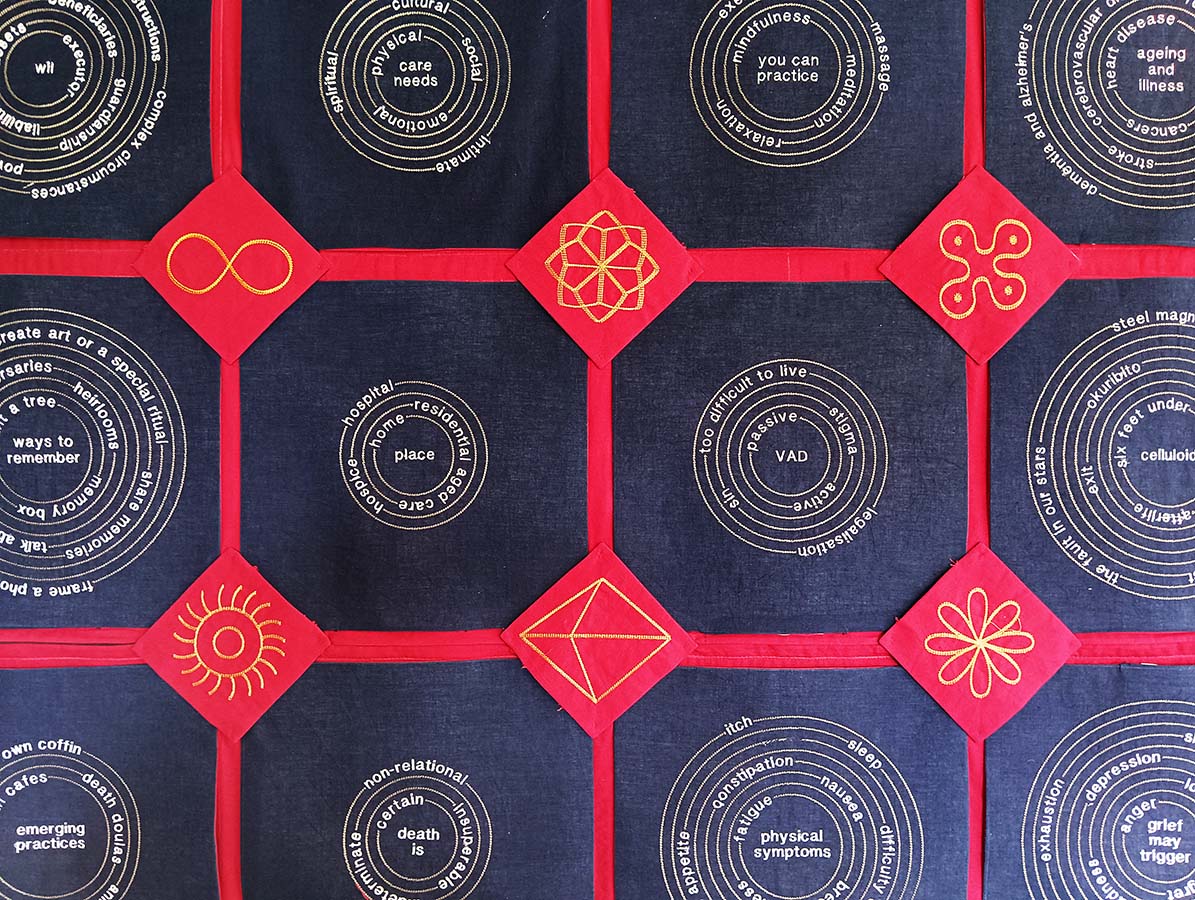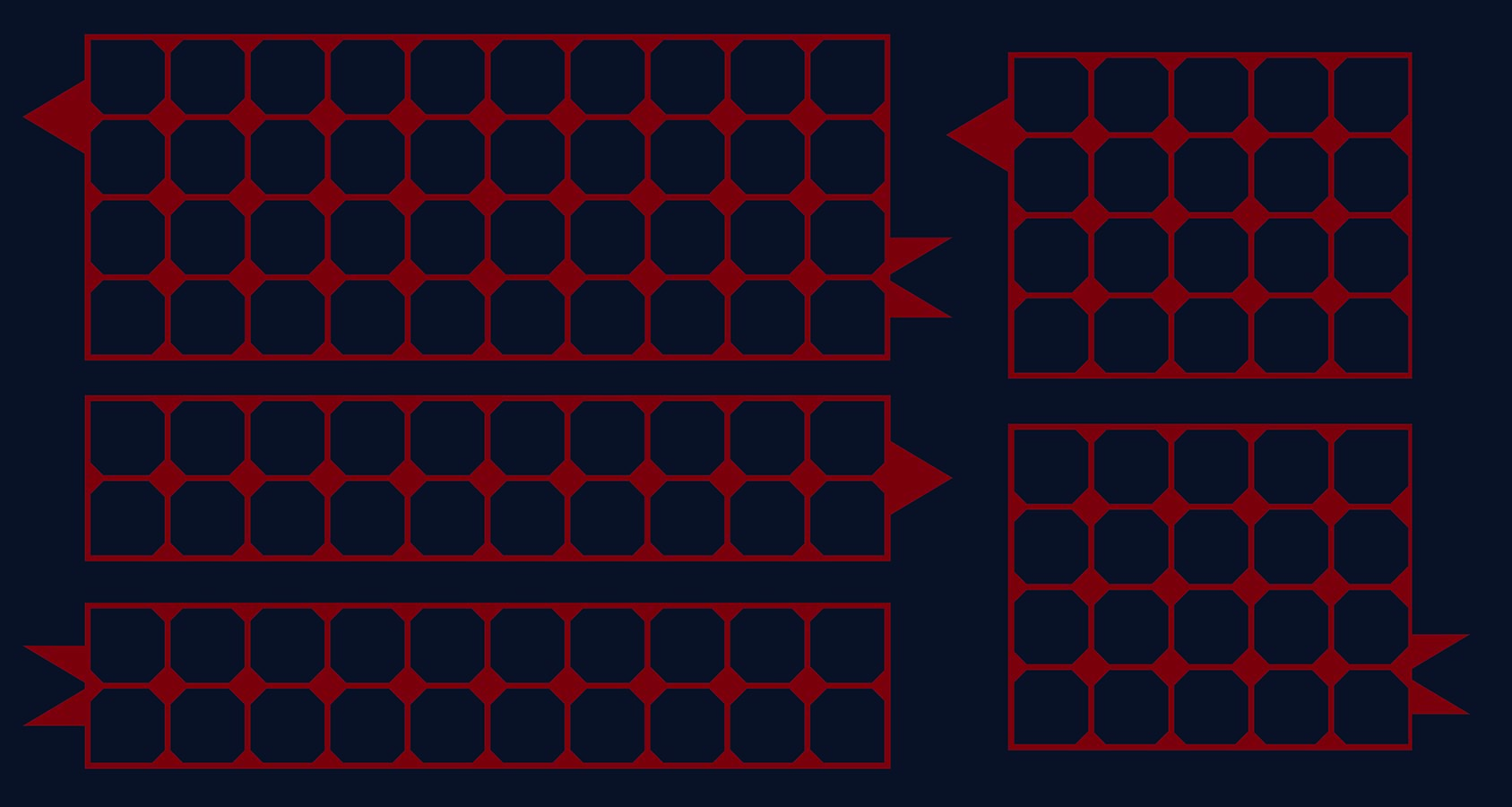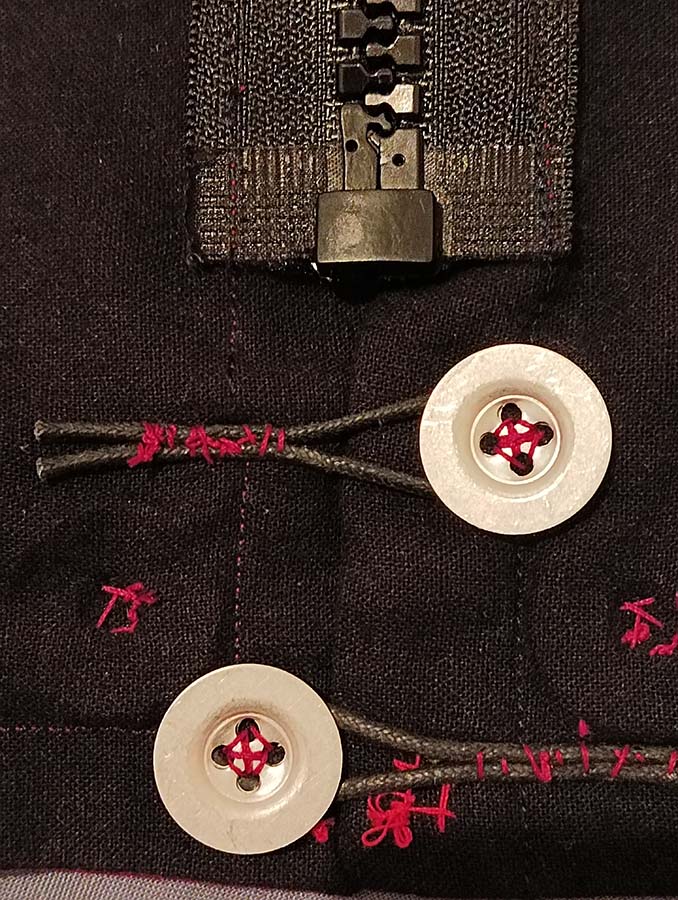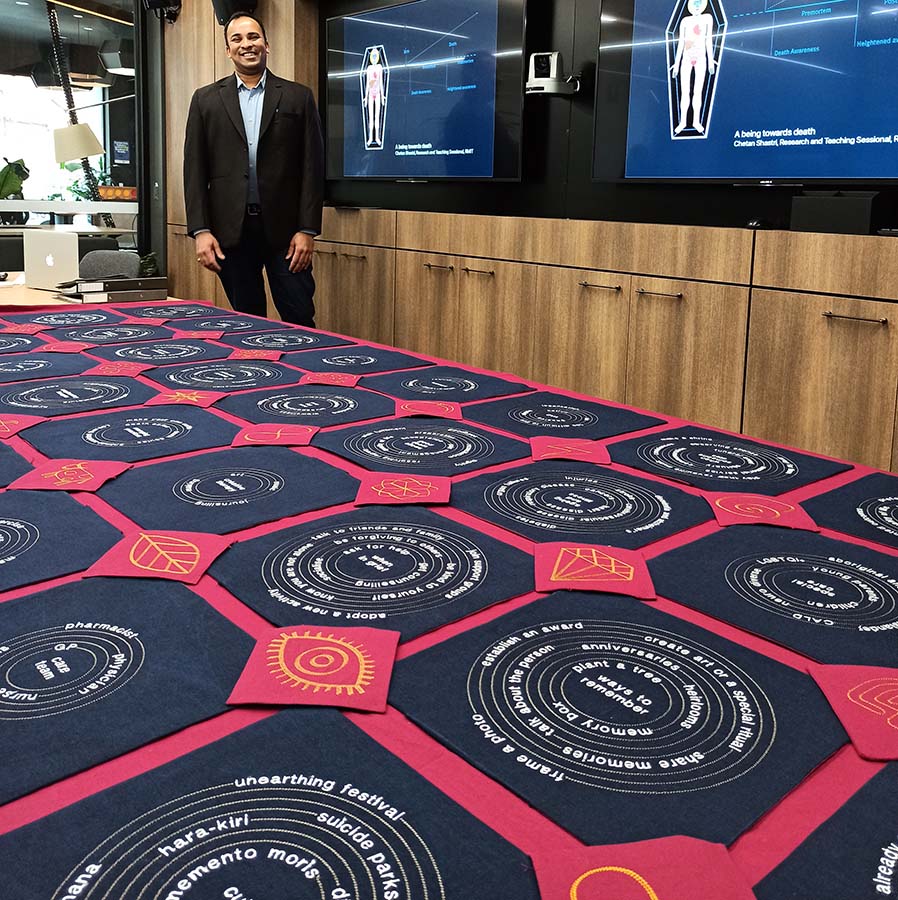My project is situated at the intersection of design and healthcare. Design is now being recognized as a powerful tool for improving patient experiences and healthcare outcomes. My practice investigated what design can do, on the topic of death, inside the hospital. My methodological approach included literature reviews, ethics, codesign and a creative/making practice.
Death does not exist, therefore it needed to be constructed. I constructed death theoretically and used the literature to develop a visual cartography of death, which is called the bioscope. The bioscope has many sites and can be used to facilitate conversations about death. Engaging with the bioscope can make us familiar with death and transform our understanding of it.
Most people in Australia die in the hospital. Therefore, the palliative care setting of the hospital allowed access to critical expertise and end-of-life care practices. I took the bioscope to the hospital to evaluate and develop it via codesign with palliative care staff practitioners at Alfred Health, including clinicians, nurses, and allied health professionals. Through the two codesign workshops at the hospital, the bioscope was evaluated and improved. The participant engaged codesign workshops could also have been situated with patients or caregivers. Patients at end-of-life (and their family) are vulnerable and compromised as research participants. I worked with palliative care staff because they are accessible, have expertise on end-of-life concerns and are the least vulnerable stakeholder group. Insights from the participant engaged codesign workshops informed the content and making of the bioscope, which has been prototyped as a tapestry embroidered on fabric.

